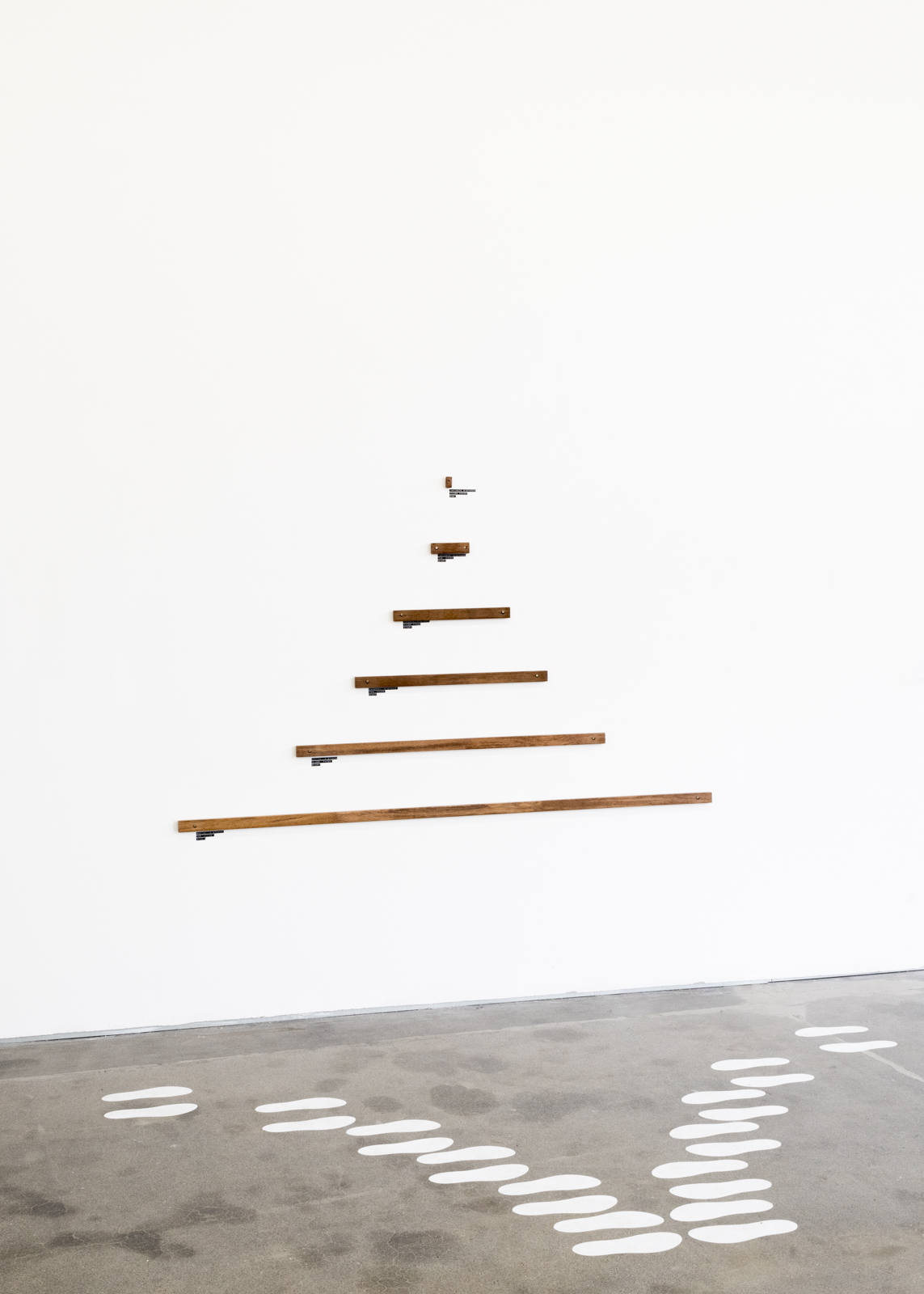–––––––––––
Everyone else attended some secret lesson
and you had a dentist appointment that day
or were somehow
not invited–
Shown at Melbourne’s 222Rosslyn Gallery in late 2018, Everyone else attended some secret lesson... is a project generated within RMIT’s BFA (Honours) program which works to poke and prod a foundation of anthropological and social theory to explore the influence that visual materials have upon our understanding of intimacy and its communication through gesture. Drawing upon imagery from both family photographs and popular western film, as well as presenting constructed images and installation, the work creates a space that questions the mechanisms at play within the personal process of acquiring and articulating intimacy through gestural language. Consisting of 4 bodies of work that combine in a fashion reminiscent of a case study or equation, the project unveils how trends and limitations within the information we receive shape expectations of our own experience, and from this how we perceive our ability to express ourselves to those around us.
Theories regarding the particularities of movement and touch, such as direction and placement, as well as explicit ‘zones’ of intimacy detailed in Edward T. Hall’s Proxemics, where exact distances of interaction are percieved as symbols of the relation that exists between those involved, are highlighted in the work through visual display and spatial demonstration. Approaching the subject material through a framework that is constituted by the unity of these perspectives, behaviours found within materials such as family images, both personal and found, and popular film culture, are isolated and presented as materials that, as our exposure to them grows, become increasingly instructional in their nature.
The project presents channels that directly play upon the flaws of the explicitly objective nature of anthropological theory and examples of idealised representations of intimacy, asking if these rigid accounts and distillations of genuine experience inform us in their substitution, or just limit us further? The work pushes to inspect the substance of these theories and materials that on first glance appear so concrete and whole, directing attention to the dislocation that forms as a result of the unassuming gaps in the information we are presented with.
What exists beyond the guides of behavioural studies and the substitute experience of these visual materials? how do we locate our own experience amongst this and what falls through the cracks? As our engagement with these curated banks of information grows, the divide between this vicarious experience and a familiarity with the entire spectrum of our own reality may surely expand, leaving us to inevitably play catch-up.
Theories regarding the particularities of movement and touch, such as direction and placement, as well as explicit ‘zones’ of intimacy detailed in Edward T. Hall’s Proxemics, where exact distances of interaction are percieved as symbols of the relation that exists between those involved, are highlighted in the work through visual display and spatial demonstration. Approaching the subject material through a framework that is constituted by the unity of these perspectives, behaviours found within materials such as family images, both personal and found, and popular film culture, are isolated and presented as materials that, as our exposure to them grows, become increasingly instructional in their nature.
The project presents channels that directly play upon the flaws of the explicitly objective nature of anthropological theory and examples of idealised representations of intimacy, asking if these rigid accounts and distillations of genuine experience inform us in their substitution, or just limit us further? The work pushes to inspect the substance of these theories and materials that on first glance appear so concrete and whole, directing attention to the dislocation that forms as a result of the unassuming gaps in the information we are presented with.
What exists beyond the guides of behavioural studies and the substitute experience of these visual materials? how do we locate our own experience amongst this and what falls through the cracks? As our engagement with these curated banks of information grows, the divide between this vicarious experience and a familiarity with the entire spectrum of our own reality may surely expand, leaving us to inevitably play catch-up.



